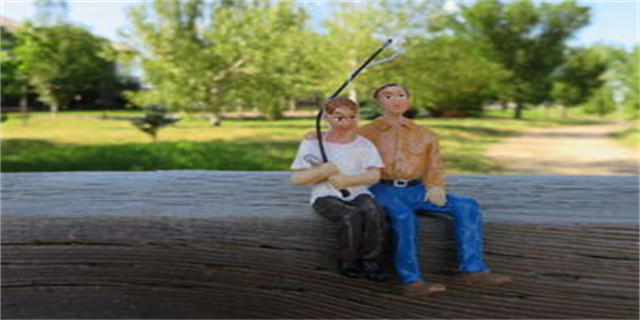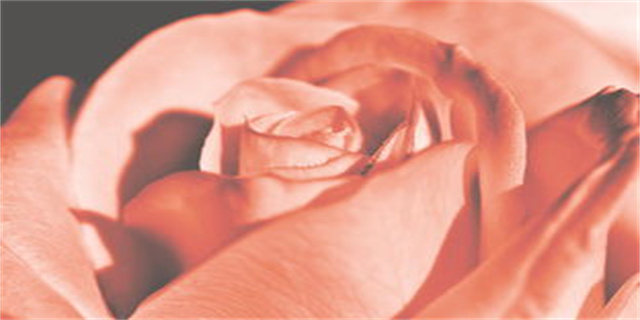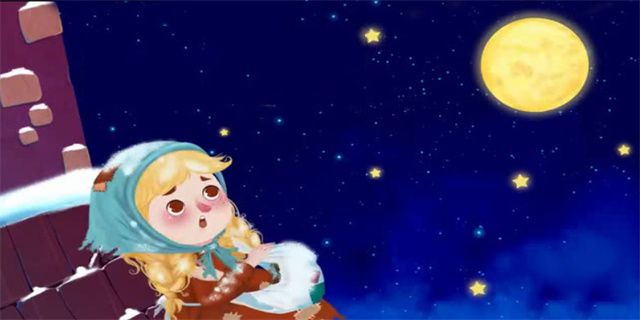When Tears Turn Into Weeping and Wailing: The True Meaning Behind the Phrase
Everyone has experienced shedding tears at some point in their lives. Whether it's because of happiness, sadness, anger, or any other emotion, tears are a natural human reaction. However, there's a phrase that goes beyond just shedding tears; \"weeping and wailing\". It's a phrase that we often hear in movies, music, and literature, but what does it really mean?
The Meaning of Weeping and Wailing
Weeping and wailing refer to a level of crying that goes beyond just shedding tears. It's a state of grief where one's emotions are so intense that it manifests as loud crying, screaming, or moaning. The phrase is often used to describe extreme emotional distress, such as during funerals or heartbreaks. Weeping and wailing are not just physical actions, but it's a reflection of the intense pain and sorrow that a person is feeling.
The Psychological Effect of Weeping and Wailing
Weeping and wailing have an important effect on a person's psychological state. It's a form of emotional release that helps a person cope with their feelings. When a person weeps and wails, they're releasing all the pent-up emotions that they've been holding onto. This emotional release is essential for a person to move on from their grief and start the healing process. Suppressing emotions can have negative effects on a person's mental health, so weeping and wailing are important components of the grieving process.
The Cultural Significance of Weeping and Wailing
Weeping and wailing have played an important role in many cultures throughout history. In some cultures, it's a ritualistic mourning practice that helps people come to terms with death. For example, in certain parts of Africa and the Middle East, professional mourners are hired to weep and wail during funerals as a way of expressing the collective grief of the community. In ancient Greece, weeping was not only a sign of grief but also a display of honor and respect for the deceased.
In modern times, weeping and wailing have become a staple of popular culture. From heart-wrenching movie scenes to emotional ballads, they're often used to create a strong emotional response from the audience. While it may seem like an overused trope, weeping and wailing have a deeper cultural significance that goes beyond just entertainment.
The Bottom Line
Weeping and wailing may seem like an excessive form of crying, but it's a natural human reaction to extreme emotional distress. It's a form of emotional release that helps a person cope with their feelings and start the healing process. The cultural significance of weeping and wailing shows how important it is to express grief in a way that's meaningful and healing. So the next time you find yourself weeping and wailing, remember that it's a necessary part of the grieving process and an essential tool for emotional healing.





